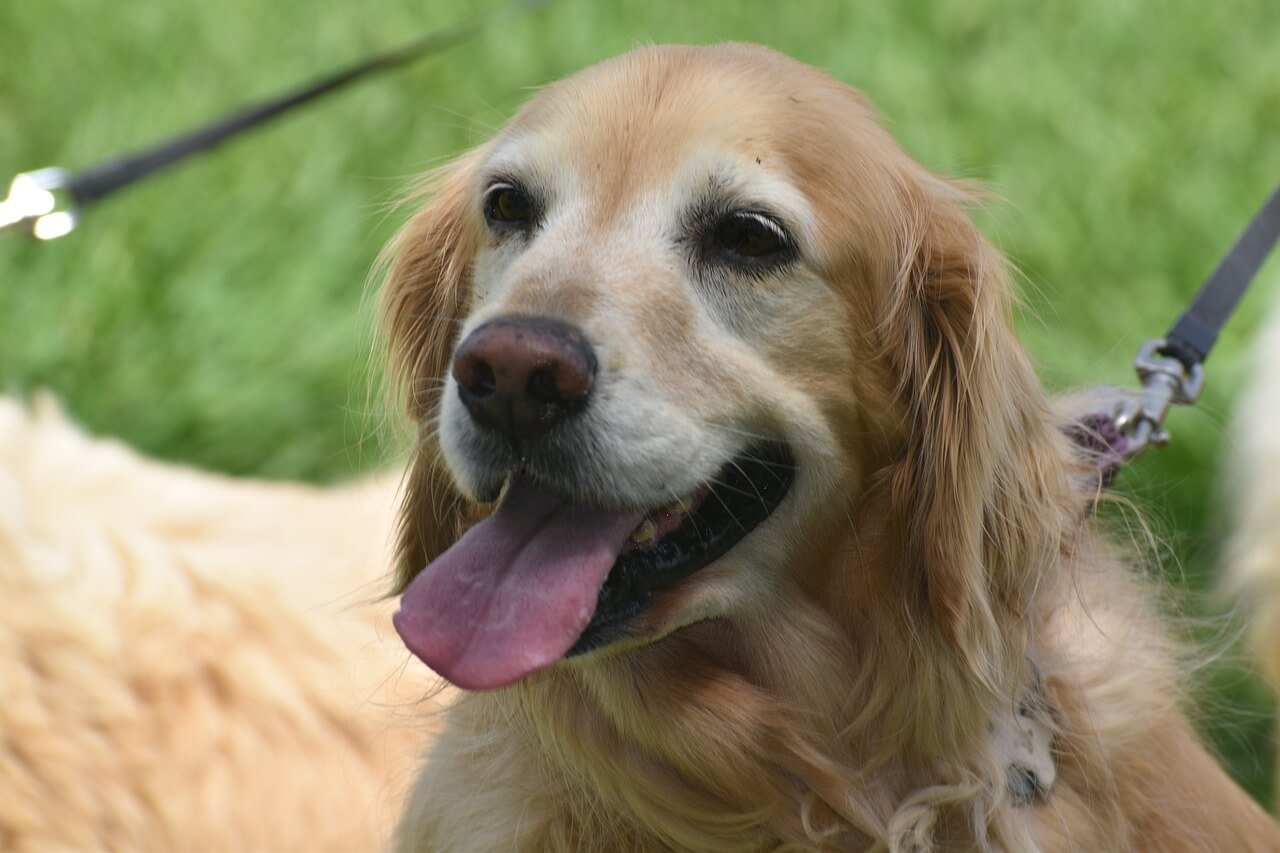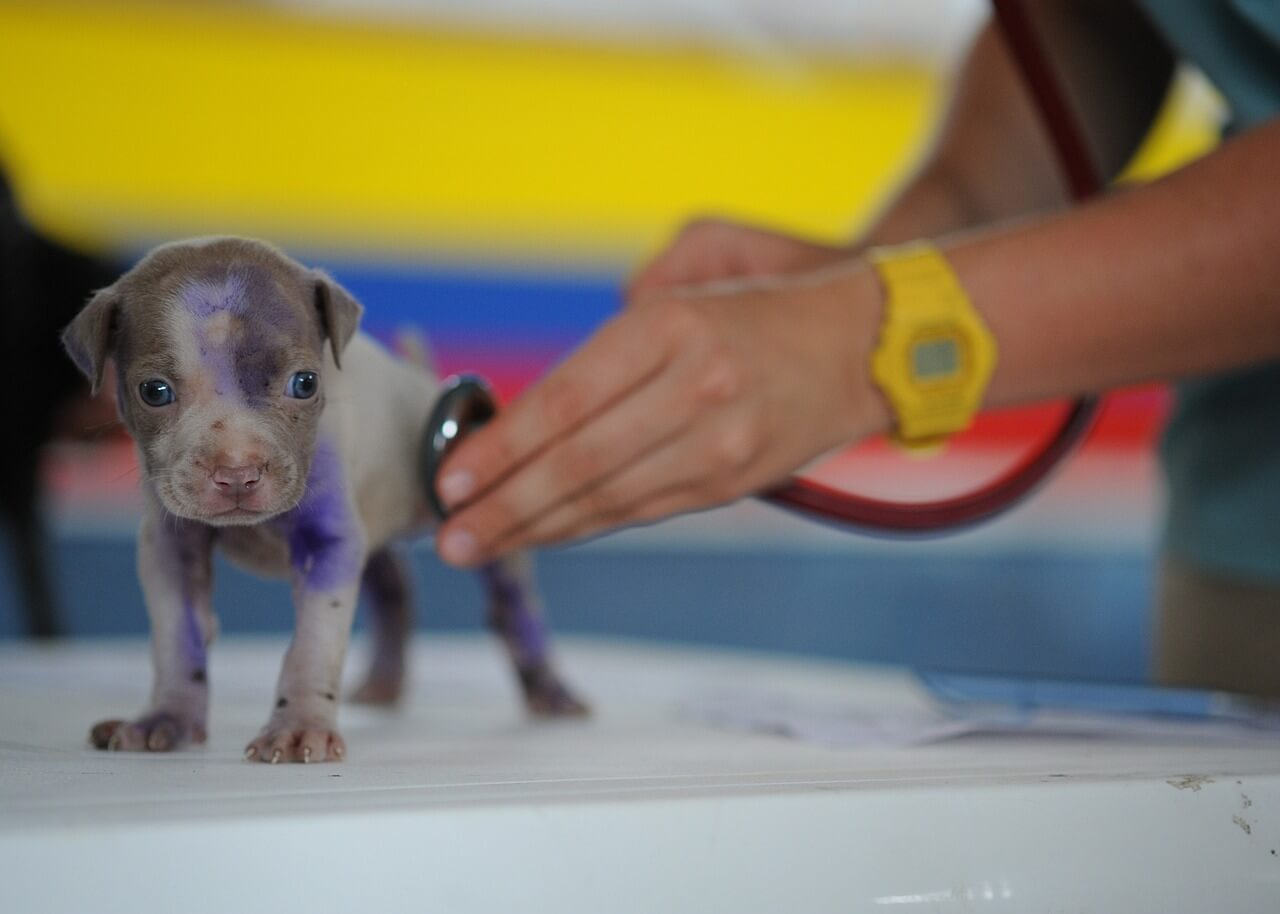Studies indicate that unsupervised pets are more prone, to accidents and injuries. Many pet owners often feel concerned, about leaving their dogs at home. Today our purpose is to help you ensure the safety and overall welfare of your dog when they are home alone.
Securing the Home Environment
Creating a safe environment for your dog at home involves several key steps:
- Trash and Hazardous Items: Secure trash cans with lids to prevent your dog from scavenging and ingesting harmful items. Store hazardous substances like cleaning agents and medications in locked cabinets.
- Electrical Safety: Protect your dog from electrical hazards by hiding or covering wires and unplugging appliances when not in use.
- Restricting Access: Use baby gates or pet barriers to limit access to dangerous areas like kitchens or staircases.
- Furniture and Small Objects: Remove or secure small objects that could be choking hazards. Ensure furniture is stable to prevent tipping over if your dog jumps or leans on it.
- Plants and Decorations: Be aware of houseplants and decorations that could be toxic or harmful if chewed or swallowed.
- Windows and Doors: Ensure windows and doors are secure to prevent escape attempts. Consider window screens or safety latches for added security.
By focusing on these aspects you can greatly minimize the dangers. Establish a more secure environment, for your canine companion during their periods of solitude.
Hiring a Dog Sitter or Walker
When considering a dog sitter or walker, detailed attention is key:
- Identifying Your Needs: Assess what kind of care your dog requires. Consider their exercise needs, temperament, and any special care they might need.
- Searching for the Right Professional: Look for sitters or walkers through reputable sources. Check online platforms, ask for recommendations from fellow pet owners, or consult local pet care businesses.
- Checking Qualifications and Experience: Ensure the sitter or walker has relevant experience, especially with your dog's breed or any special requirements they might have. Inquire about their experience and qualifications, in taking care of pets.
- Interview and Meet-and-Greet: Arrange a meeting between the sitter/walker and your dog. Observe how they interact with your dog and whether your dog seems comfortable with them.
- Discussing Routines and Expectations: Clearly communicate your dog's routine, including feeding, walking, and any medication schedules. Discuss your expectations and any specific instructions you have.
- Emergency Preparedness: Make sure the sitter or walker knows what to do in case of an emergency and has access to your vet's contact information.
- Trial Period: Consider a trial period to see how your dog adjusts to the sitter or walker.
Having the right person taking care of your dog while you're away is essential, for ensuring their happiness and well being as providing you with peace of mind.
Leveraging Technology for Safety and Monitoring
Embracing modern technology can greatly enhance the safety and monitoring of your dog when they're home alone:
- Pet Cameras: Install pet cameras to monitor your dog's activities in real-time. When searching for cameras it's important to consider features such, as the ability to communicate in both directions, night vision capability and alerts, for detecting motion.
- Treat Dispensers: Consider cameras with built-in treat dispensers. These allow you to interact and reward your dog remotely, which can be a great way to maintain engagement and positive behavior.
- GPS Collars: GPS-enabled collars are useful for tracking your dog’s location in case they escape or are allowed outside. Real time location tracking is offered by these devices, which can be crucial, for recovery.
- Smart Home Devices: Utilize smart home devices like thermostats to maintain a comfortable environment. You can adjust the temperature remotely to ensure your dog stays comfortable regardless of weather changes.
- Health Monitoring Gadgets: Certain cutting edge devices have the capability to track health indicators of your canine companion, such, as heart rate and activity levels. These devices offer information, about your dogs health and happiness even when you're not around.
Crate Training and Safe Confinement
Crate training and safe confinement are essential for your dog's security when left alone:
- Understanding Crate Training: It's not just about confinement; it's creating a safe, comfortable haven. Introduce the crate positively, associating it with treats and comfort.
- Gradual Adaptation: Begin by leaving your dog in the crate for short periods while you're home, gradually increasing the time.
- Comfort Inside the Crate: Ensure the crate is comfortable with appropriate bedding. Including a familiar toy can also help.
- Safe Room Alternative: If crating isn't suitable, designate a safe room. Make sure to eliminate any dangers and ensure there is access, to water, toys and a cozy spot, for resting.
- Addressing Separation Anxiety: In either scenario, it's crucial to address any signs of anxiety. Leave items with your scent, and avoid making departures emotional.
- Regular Exercise: Ensure your dog has adequate exercise before confinement to help them relax.
Managing Multiple Dogs
Handling multiple dogs at home requires special consideration:
- Understanding Individual Temperaments: Recognize each dog’s personality and behavior patterns. Some may need more space or resources than others.
- Separate Spaces: Consider providing separate spaces for each dog, especially if they have conflicting temperaments or resource guarding issues.
- Feeding Separately: Feed dogs in different areas to prevent food aggression and ensure each dog gets their proper diet.
- Individual Attention: Spend time with each dog separately to understand their needs and strengthen individual bonds.
- Monitoring Interactions: Observe how your dogs interact when together and intervene if play becomes too rough or aggressive.
- Training Consistency: Consistent training and commands are crucial for managing multiple dogs, promoting harmony and understanding among them.
- Emergency Plans: Have a plan for separating the dogs quickly and safely in case of emergencies.
Providing Entertainment and Stimulation
- Variety of Toys: Offer a range of toys, including chew toys, puzzle feeders, and interactive toys that challenge their minds and keep them engaged.
- Rotating Toys: Regularly rotate toys to keep your dog's interest alive. New toys can spark curiosity. Alleviate boredom.
- DIY Activities: Create simple DIY games, like hiding treats around the house or in puzzle toys, to stimulate their natural foraging instincts.
- Background Noise: Leaving a radio or TV on can provide comforting background noise and help soothe anxiety.
- Outdoor Views: If possible, allow your dog to view the outside through a window, offering visual stimulation.
- Training Sessions: Short training sessions using positive reinforcement can also serve as a form of mental exercise.
Preventing Window-Related Accidents
- Secure Windows and Screens: Ensure all windows are securely closed or have sturdy screens to prevent dogs from jumping out or pushing through.
- Restrict Access: Use window guards or restrict access to rooms with open windows when you're not home.
- Safe Ventilation: For ventilation, install window stops that allow windows to open only a few inches, preventing escape or accidents.
- Education and Training: Train your dog to stay away from open windows, using positive reinforcement techniques.
- Regular Inspection: Regularly check the integrity of window screens and latches, repairing any weaknesses promptly.
Conclusion
Dog-proof your home, use technology for monitoring, provide entertainment and stimulation, ensure regular exercise, safe confinement, and consider a dog sitter for your furry friend. Tailor these strategies to their specific needs for peace of mind knowing your dog is safe, healthy, and happy in your absence.
Read More:https://funnyfuzzy.com/a/blog/how-cold-is-too-cold-for-dogs









